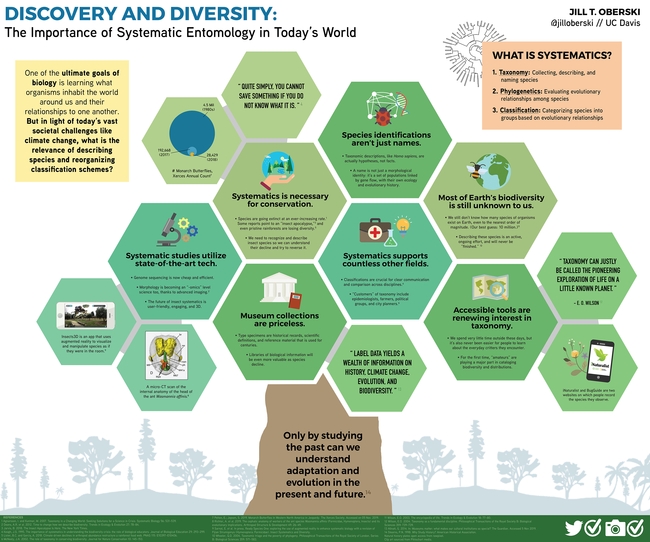- Author: Kathy Keatley Garvey
Let The Games begin!
The UC Davis Department of Entomology and Nematology Team, with a history of three national championships, is gearing up for the Entomology Games at the annual meeting of the Pacific Branch, Entomological Society of America (PBESA). The meeting takes place April 10-13 in the Hyatt Regency Sonoma Wine Country. Santa Rosa.
The team includes doctoral candidate Zachary Griebenow of the Phil Ward lab, captain; doctoral candidate Jill Oberski of the Ward lab; doctoral student Erin “Taylor” Kelly of the Geoffrey Attardo lab; and doctoral student Madison “Madi” Hendrick of the Ian Grettenberger lab.
The Entomology Games is a lively question-and-answer, college bowl-style competition on entomological facts played between university-sponsored student teams. It was formerly known as the Linnaean Games.
The preliminary round is from 5 to 6 p.m., April 10. Plans are to hold three rounds with questions from each of the 10 categories: Biological Control, Behavior and Ecology, Economic and Applied Entomology, Medical-Urban-Veterinary Entomology, Morphology and Physiology, Biochemistry and Toxicology, Systematics and Evolution, Integrated Pest Management and Plant-Insect Interactions, History of Entomology, and Entomology in Popular Culture. (See 2021 sample questions.)
The final round is from 8 to 10 p.m., April 11. Both the championship team and the runner-up team will represent PBESA at the Entomological Society of America (ESA) meeting, Nov. 13-16 in Vancouver, British Columbia. Last year's national champion was the University of Hawaii, which edged Texas A&M University.
In 2018, the University of California team won the national championship, defeating Texas A&M. The team included captain Ralph Washington Jr., then a UC Berkeley graduate student with a bachelor's degree in entomology from UC Davis; doctoral students Brendon Boudinot, Jill Oberski and Zachary Griebenow of the Phil Ward lab, and doctoral student Emily Bick of the Christian Nansen lab.
UC Davis won the national competition in both 2016 and 2015, defeating the University of Georgia in 2016, and the University of Florida in 2015.
Some of the questions in the past have involved the work entomologists affiliated with the UC Davis Department of Entomology and Nematology: emerita Mary Lou Flint, a longtime leader of the UC Statewide Integrated Pest Management (UC IPM) Program and an Extension entomologist based in the department; Rebecca Godwin, who received her doctorate from UC Davis and is now an assistant professor of biology at Piedmont University, Demorest, Ga.; and Jason Bond, the Evert and Marion Schlinger Endowed Chair and associate dean, UC Davis College of Agricultural and Environmental Sciences.
Q. Mary Lou Flint's textbook, IPM in Practice; Principles and Methods of Integrated Pest Management, cites the management of what invasive plant, first introduced to North America from Europe, as an "excellent example of classical biological control in the Western US?" This plant was controlled by importing the European chrysomelid beetle Chrysolina quadrigemina.
A. Klamath weed / St. John's Wort / Hypericum perforatum
Q: In early 2021, (Rebecca) Godwin and (Jason) Bond described 33 new species of the trapdoor spider genus Ummidia, including a species named in honor of what alt-country singer-songwriter, who was the most-nominated woman at the 2019 Grammy Awards? She has had success both as a solo artist and as a member of the all-female supergroup The Highwomen, and her annual music festival "Girls Just Wanna Weekend" is held in Mexico near the type locality of her namesake trapdoor spider. Name this singer.
A: Brandi Carlile
PBESA is comprised of 11 Western states, parts of Canada and Mexico, and several U.S. territories.
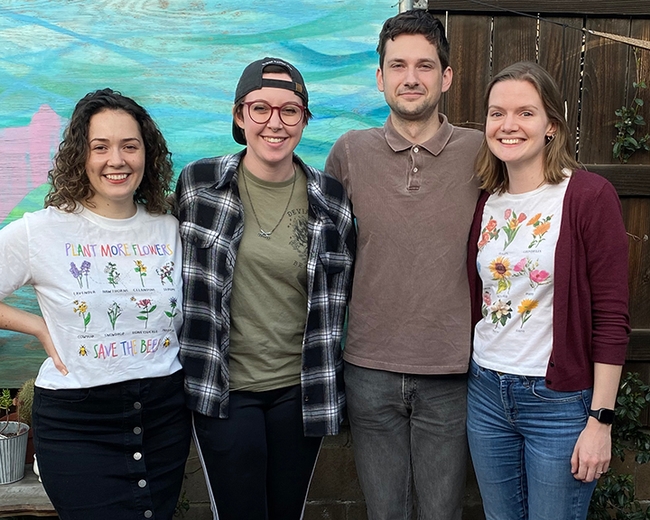
- Author: Kathy Keatley Garvey
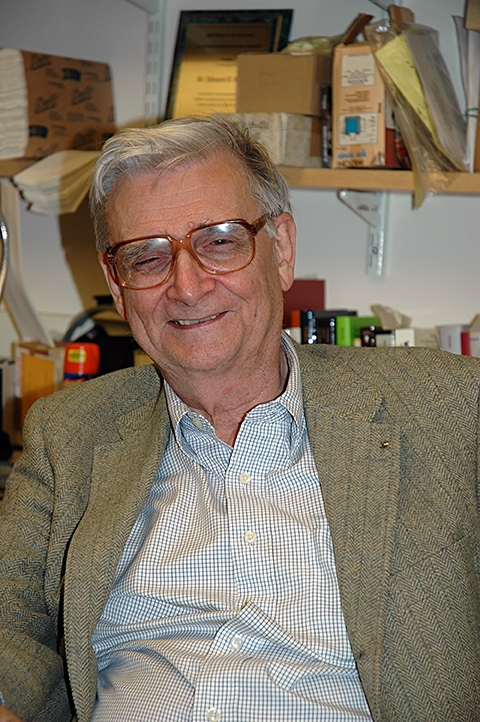
Wilson, recognized as one of the world's most influential scientists, was known as “The Ant Man,” "The Father of Sociobiology," "The Father of Diversity" and “The Modern-Day Darwin," for his pioneering and trailblazing work that drew global admiration and won scores of scientific awards.
But among his peers, colleagues and mentees, he was known as "Ed."
Wilson's work, On Human Nature, won the Pulitzer Prize in 1979. He won a second Pulitzer in 1991 with The Ants, co-authored with colleague Bert Hölldobler. In 1990, the Royal Swedish Academy of Sciences awarded Wilson the Crafoord Prize in biosciences, the highest scientific award in the field. In 1996, Time magazine named him one of America's 25 most influential people. In 1977 President Jimmy Carter awarded him the National Medal of Science for his contributions toward the advancement of knowledge in biology.
Wilson, according to reports, always considered himself an Alabaman who went to Harvard, rather than a Harvard professor born in Alabama. Born June 10, 1929 in Birmingham, Ed graduated from the University of Alabama in 1949 with two degrees in biology, and received his doctorate in biology from Harvard in 1955. He joined the Harvard faculty in 1956. Although officially retiring in 1996, he remained active as an emeritus professor and honorary curator until his death.
Some tributes from UC Davis faculty and students:
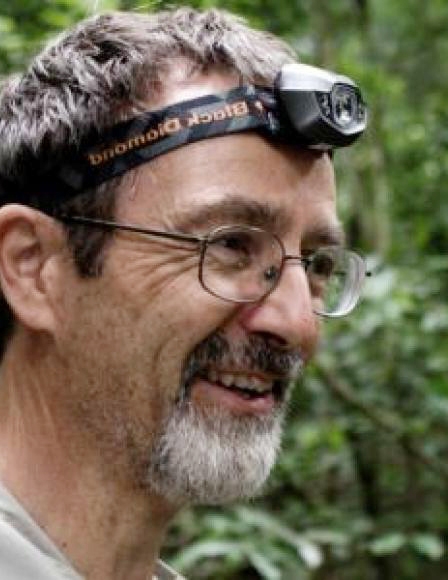
“E. O. Wilson was a towering figure in the study of social insects, in evolutionary biology, and in conservation biology,” said fellow ant specialist and professor Phil Ward of the UC Davis Department of Entomology and Nematology who organized the 2007 E.O. Wilson Festschrift (a collection of writings published in honor of a scholar). “He made important contributions in all of these areas, but his specialty was the study of ants, those ‘little creatures that run the world.' Wilson's book, The Insect Societies (1971), introduced its readers to the fascinating world of ants and other social insects, using language that was both engaging and accessible, yet highly informative.”
“This was followed two decades later by the equally magisterial The Ants, co-authored with Bert Hölldobler,” Ward noted. “These landmark contributions inspired many budding biologists, myself included, to devote ourselves to the study of ants and other social organisms. Equally important, Wilson argued passionately and compellingly for the conservation of biological diversity in a dwindling natural world. He once said that 'destroying rainforest for economic gain is like burning a Renaissance painting to cook a meal.' Let us honor his legacy by heeding this message!”
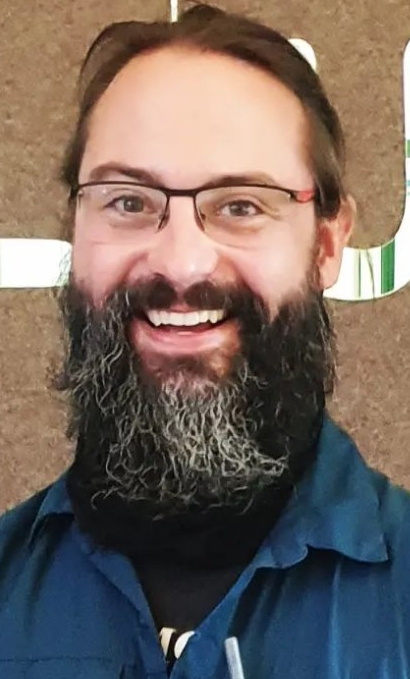
UC Davis doctoral alumnus Brendon Boudinot of the Phil Ward lab and now a postdoctoral researcher in Germany at the Institute of Zoology and Evolutionary Research, Friedrich Schiller University Jena, says the ant world is reeling with Wilson's passing. “A big chunk of my dissertation was dedicated to testing his hypotheses for the origin and early evolution of ants!”
Boudinot met Wilson when he was visiting the Ant Room at the Harvard Museum of Comparative Zoology in 2013. “The work I was doing was the foundation for my studies on ant males, and I was near the end of the trip, at one of the many microscopes by the window facing the yard,” he said. “Ed surprised me by coming right up to my shoulder at the scope; he asked me what I was working on. I am a bit abashed to say that I couldn't say anything because my mind went blank! Stef Cover, the pins-and-points curator told Ed what I was doing, and for the life of me I will always remember what Wilson said. He was happy that I chose to work on male ants, when this sex has been actively ignored by researchers over the past centuries, and that he himself was more apt to squash one at a light trap than to collect one. I hope that my keys and diagnoses have helped people appreciate male ants.”
“I am so thankful that I met him,” Boudinot said, “and that I was able to work with so many people in his sphere. The ant world is reeling, as he was a gentle giant of myrmecology, and of course biology writ large.”
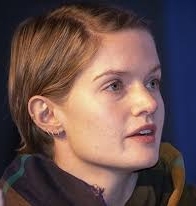
Doctoral candidate Jill Oberski of the Phil Ward lab met “The Ant Man” in 2019. “I got to meet E. O. Wilson when I traveled to the Harvard Museum of Comparative Zoology in 2019. In addition to myself, there were several other researchers visiting the “Ant Room,” which houses a huge number of type specimens.”
“He asked me about my research on Dorymyrmex taxonomy and biogeography, although as a second-year PhD student I didn't have much to report yet. He was genuinely interested in my work and excited that I was working to resolve Dorymyrmex--which has always been a taxonomic headache. He also told me he recalled watching ants forming cone-shaped nests as a child in Alabama, which could only have been Dorymyrmex. He was exceedingly kind and encouraging.
“Finally, the Ant Room staff and visitors ate lunch together in Ed's office—lobster sandwiches, diet Dr. Pepper, and coffee, as is customary.”
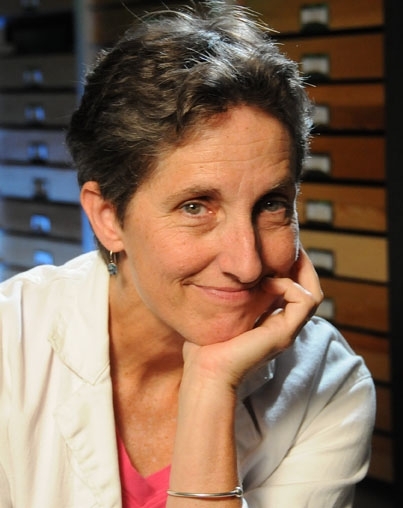
Lynn Kimsey, director of the Bohart Museum of Entomology and a UC Davis distinguished professor of entomology, remembers working near his office when she served as a visiting professor/lecturer (1987 to 1989) at Harvard's Museum of Comparative Zoology, before joining the UC Davis faculty in 1989.
“His office was just down the hall from mine when I taught at Harvard. Here he was, one of the most famous biologists of his generation and I would see him sit down on the sidewalk to show a little kid the ants there. Also, saw him in the sitting on a bench Burlington Mall while his wife shopped, writing on a yellow pad of paper. Totally focused on what he was writing with shopping pandemonium all around. He was brilliant, humble and engaging.”
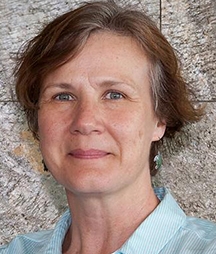
UC Davis doctoral alumnus Fran Keller, a professor at Folsom Lake College, and a research scientist at the Bohart Museum of Entomology, helped honor his work at a special symposium hosted at the 2005 Entomological Society of America meeting in Fort Lauderdale, Fla.
"Our department of entomology helped fund my trip to Harvard,” she recalled, “and he agreed to meet me over the course of two days in May 2005. The ESA symposium took place in mid-December. I recorded our interview on a cassette tape,” she said, adding she hopes to publish it in a journal.
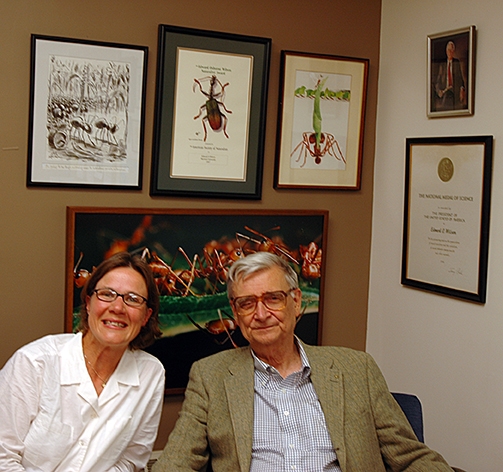
Wilson responded: “Everyone has an animal that reaches them or that they connect with at some level, even though you were born an entomologist, perhaps yours is the rhino.”
“After my interview with Ed, I bought the book in the MCZ, The Rarest of the Rare: Stories Behind the Treasues at the Harvard Museum of Natural History. In that book, it highlights the extinct and rare species held in the MCZ collections. One of those specimens is the last Xerces butterfly, which was caught by Harry Lange (UC Davis emeritus professor of entomology). Harry's quote in that book, ‘I didn't know it was the last one, I thought there would be more' and then my time eating lunch and then wandering the MCZ collection and chatting with Ed inspired me to create the Xerces t-shirt for the Bohart Museum of Entomology.”
One of Keller's mentors, Tom Schoener, studied with Wilson. “I worked on plant ecology and island biogeography for my undergrad research (Sacramento City College)," she said, "and continued that for awhile in grad school (UC Davis). Ed Wilson was one of the founders of island biogeography.”
As a undergraduate at Sacramento City College, Keller was part of a field trip to hear Wilson speak at his 2002 book tour on The Future of Life.
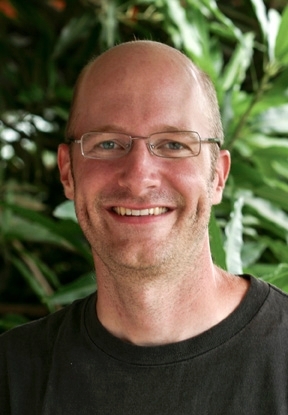
UC Davis doctoral alumnus Alex Wild, an evolutionary biologist, science photographer and curator of entomology at the University of Texas, Austin, wrote this on his Twitter account, @Myrmecos, which has more than 30,000 followers: “Ed Wilson was one of my science heroes. Over the years I came to admire two things in particular. One was his ability to craft technical books so compelling as to launch scores of scientific careers in their wake.”
“The other thing is how Ed Wilson handled professional disagreement," Wild tweeted. "And he had a lot of those, because Wilson was frequently wrong. About a great range of topics. For a guy known for ant research, his interpretation of ant origins was just… silly.”
"But he continued to support, both financially and professionally, the young upstarts who, over and over, proved him wrong. That's a rare trait for a field as ego-driven as evolutionary biology.”
When a follower asked: “Can you explain to a non-biologist bug enthusiast why his interpretation of ant origins was silly?”, Wild replied: “His arrangement of the ant subfamilies, based on subjective hunches of evolutionary relationships rather than data, bore no resemblance at all to the well-supported relationships from subsequent data-based studies, like https://www.pnas.org/content/103/48/18172. (This 2006 research article, "Evaluating Alternative Hypotheses for the Early Evolution and Diversification of Ants," is co-authored by Seán G. Brady, Ted R. Schultz, Brian L. Fisher, and Philip S. Ward and edited by Bert Hölldobler, University of Würzburg, Würzburg, Germany)
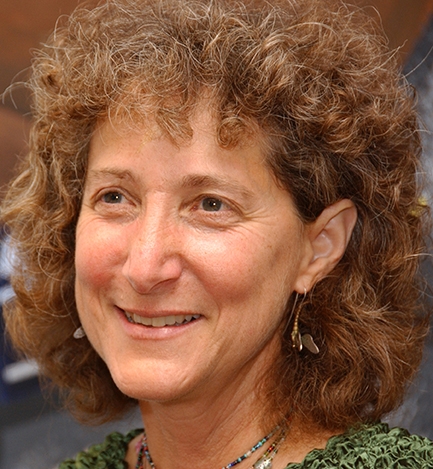
“There are no words that adequately describe E.O. Wilson's courage in challenging dogma, his energy in documenting and sharing the wonders of our planet, or his extraordinary creativity," said Diane Ullman, UC Davis professor of entomology and former chair of the Department of Entomology. "So much of his writing touched me deeply, from his writing about the continuum between art and science (Consilience), to his collaboration with Bert Hölldobler, addressing the incredible biology and behavior of social insects (Superorganism). He wrote a wonderful, 'coming of age' novel, seemingly much inspired by his own youth (Anthill)."
"The first time I was able to hear him speak in person was in 1996 at the International Congress of Entomology in Florence, Italy, where he was the plenary speaker opening the meeting. He spoke passionately about loss of biodiversity, and was sounding the alarm on impact of humans and climate change on the planet. He continued to lead this charge up to the very end, never giving up on proposing potential solutions on a global scale. He was witty and with use of metaphor made us see so very many things."
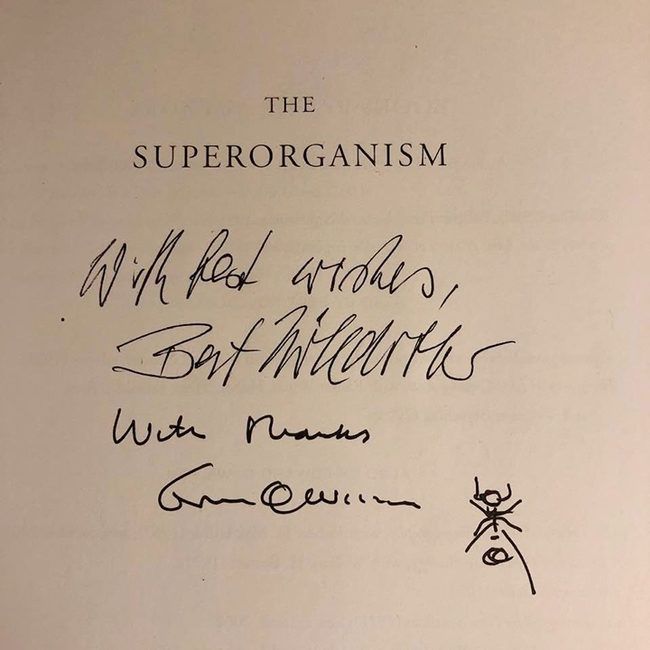
Caleb Johnson, who teaches writing at Appalachian State University, Boone, N.C., described E.O. Wilson as “the world's forestmost authority on biodiversity” in an April 21, 2020 article in The Bitter Southerner. He referred to him as “A world-renowned scientific thinker whose vision for stopping this unprecedented environmental hemorrhaging is based on more than seven decades of careful witness, writing, and work in ecology and conservation."
Johnson wrote that Wilson lost his right eye in a fishing accident in the summer of 1936 near Paradise Beach, Fla., but he never let that stop his goals.
"In the 1940s, E.O. Wilson was an Alabama teenager who wandered the bottomland around Mobile and studied its creatures. He never stopped and became the world's foremost authority on biodiversity. He's 90 now, but still working, because he knows there's a way to undo the damage we've done to Mother Earth."
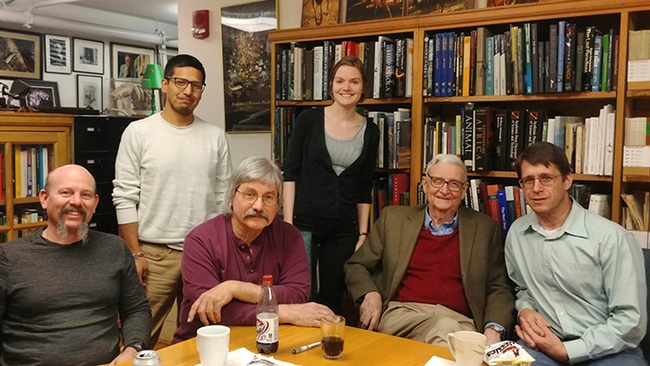
- Author: Kathy Keatley Garvey
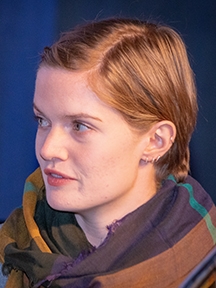
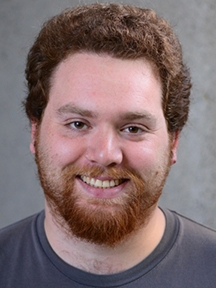
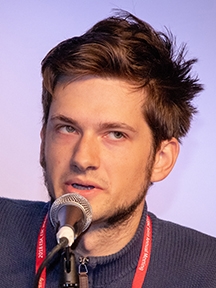
That's just some of the information to be showcased at the UC Davis Biodiversity Museum Month program on Saturday, Feb. 13 from 11 a.m. to noon when three doctoral students in the Phil Ward lab, UC Davis Department of Entomology and Nematology, take the helm. Oberski, a fourth-year doctoral student, and Ziv Lieberman, a first-year doctoral student, will talk about the diversity of ants and field questions, followed by doctoral candidate Zach Griebenow's presentation on his research.
Then on Saturday, Feb. 20, from 11 a.m. to noon, Professor Phil Ward will host "All About Ants," billed as a "fun and lively question and answer session." The programs are free and family friendly. See http://biodiversitymuseumday.ucdavis.edu/live-programs.html for the Zoom links.
Zach Griebenow
Griebenow grew up in rural Kentucky and received his bachelor's degree in entomology in 2017 from The Ohio State University, undertaking undergraduate research with distinction on species boundaries in the Puerto Rican fauna of the subterranean termite Heterotermes (Griebenow et al. 2017).
"As so everyone in the Ward lab, I study how different groups of ants are related to one another, and why they look and behave the way that they do," he said. "Specifically I study an obscure group called the Leptanillinae, which have no common name. As ants go, they are strange, and we know very little about them. So far, I have confidently teased out the major evolutionary relationships among leptanilline ants (Griebenow 2020; Griebenow, in press), but there is a lot more work to be done, particularly in comprehending the often bizarre structural modifications seen in the male Leptanillinae (legs that look like toothbrushes, etc.)."
Ziv Lieberman
Lieberman, born and raised in California, studied at the College of Marin before transferring to UC Davis to major in evolution, ecology and biodiversity, with a minor in insect evolution and ecology. "Prior to UC Davis, I spent several years working abroad for the California Academy of Science documenting historical ant specimens," Lieberman said. "At the end of my undergrad, I published my first paper, a revision of the poorly-understood (and very cute) African species of the ant genus Discothyrea."
In the Ward lab, Lieberman studies "ant evolution, specifically focusing on connecting evolutionary relationships (the ant 'family tree') with anatomy, using a combination of next-generation imaging techniques and large-scale genetic analyses. In particular, I am interested in describing and comparing internal anatomical features which are usually ignored, and understanding how these traits contribute to biodiversity."
Jill Oberski
Oberski grew up in Minnesota. "I was fascinated by insects from a very young age," she said. "I attended Macalester College, spent a few confused years on a pre-med track, and ultimately discovered a career in entomology was feasible and worth pursuing. This has led me to Phil Ward's ant systematics lab at UC Davis, where I'm now a PhD candidate."
"My research centers on the ant genus Dorymyrmex, which is commonly found all over the Americas," Oberski said. "Even though they're extremely common (Davis itself is home to two species!), we have no idea how many species there really are. In addition to discovering and naming these species, I'm really interested in biogeography and ancient history: Where did Dorymyrmex originate? How are the North American species related to the South American species? And how did they disperse before the isthmus of Panama was connected?"
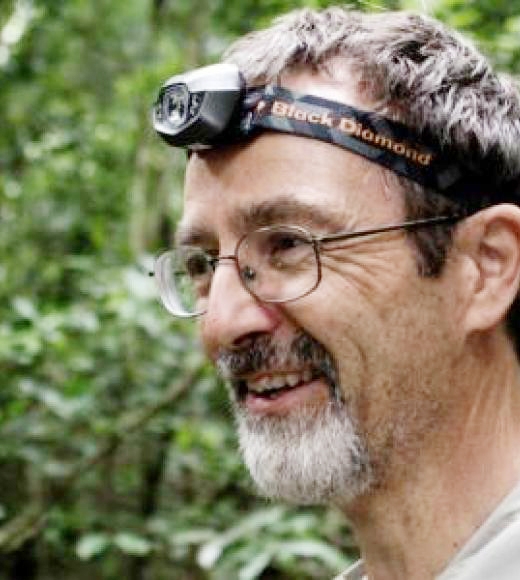
Professor Ward teaches California insect diversity, insect taxonomy and field ecology, and introductory biology (the tree of life). His research interests include systematics, biogeography and evolution of ants; ant-plant mutualisms; phylogeny and speciation. He holds a bachelor of science degree in biology from Queens University, Canada (1973) and a doctorate in zoology from the University of Sydney, Australia (1979).
Due to the COVID-19 pandemic, the 10th annual UC Davis Biodiversity Museum program is all virtual this year via webinars and pre-recorded presentations, and takes place throughout the month of February. The science-based event traditionally occurs on only one day--the Saturday of Presidents' Weekend, when families and friends gather on campus to learn first-hand about the UC Davis museums and collections.
This year's biodiversity event is showcasing 12 museums or collections:
- Anthropology Museum
- Arboretum and Public Garden
- Bohart Museum of Entomology
- Botanical Conservatory
- California Raptor Center
- Center for Plant Diversity
- Häagen-Dazs Honey Bee Haven
- Nematode Collection
- Marine Invertebrate Collection
- Museum of Wildlife and Fish Biology
- Paleontology Collection
- Phaff Yeast Culture Collection
For more information and the schedule, access these two formats on the UC Davis Biodiversity program website: (1) live talks and demonstrations and (2) pre-recorded talks and activities. Information on the biodiversity museum events also appear on social media, including Facebook, Instagram, and Twitter, @BioDivDay.
To help support the Biodiversity Museum event, contributions are being accepted through a month-long crowdfunding campaign program at https://crowdfund.ucdavis.edu/project/24310.
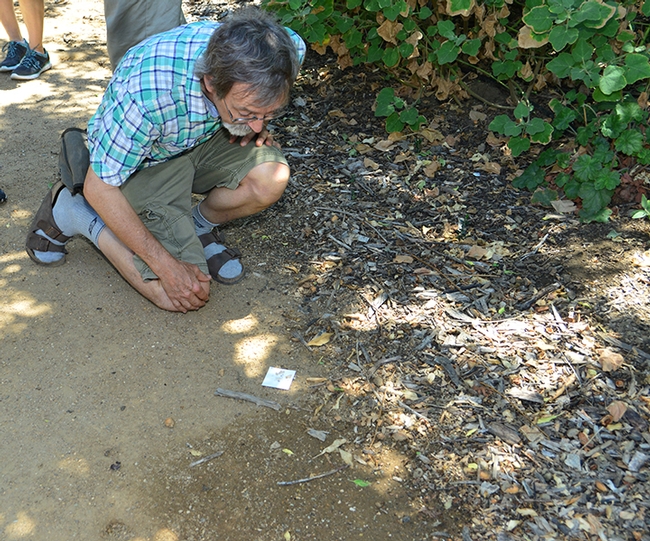
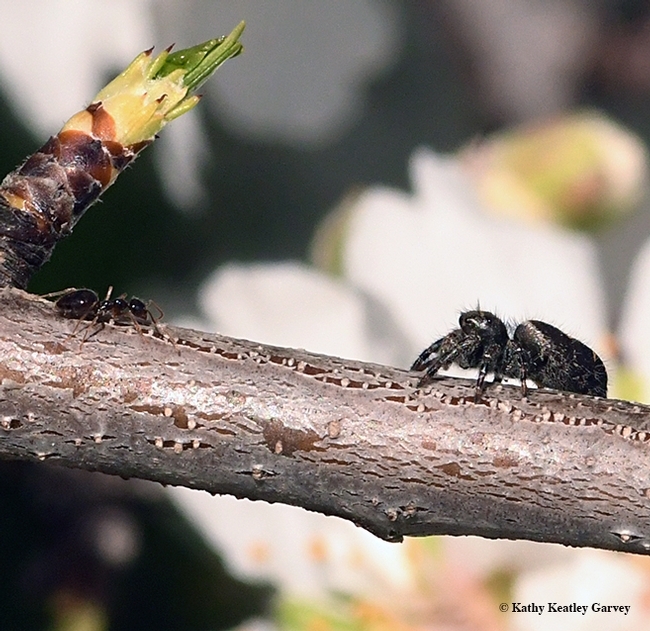
- Author: Kathy Keatley Garvey
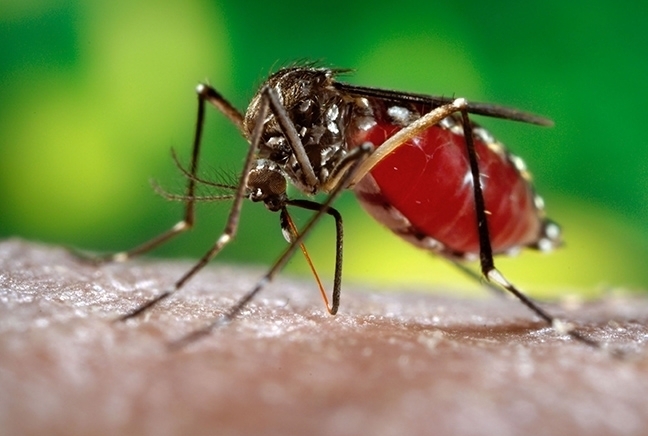
The UC Davis winners, all doctoral students, are Erin Taylor Kelly of the Geoffrey Attardo lab, Hyoseok Lee of the Christian Nansen lab, Jill Oberski of the Phil Ward lab, Lacie Newton of the Jason Bond lab, and Clara Stuligross of the Neal Williams lab.
- Kelly won first place for her poster, “Metabolic Snapshot: Using Metabolomics to Compare Near-Wild and Colonized Aedes aegypti,” in the Physiology, Biochemistry and Ecology Section.
- Lee won first place for his entry, “Predicting Spring Migration of Beet Leafhoppers, Circulifer tenellus (Hemiptera: Cicadellidae) from Natural Overwintering Sites into Tomato fields in California" in the Graduate 10-Minute Papers category of the Plant-Insect Ecosystems, Behavioral Ecology Section
- Oberski won first place for her entry, “Why Do Museum Collections Matter?” in the Graduate Infographics category, Systematics, Evolution and Biodiversity Section.
- Newton won second place for her entry, “Integrative Species Delimitation Reveals Cryptic Diversity in the Southern Appalachian Antrodiaetus unicolor (Araneae: Antrodiaetidae) Species Complex,” in the Graduate 10-Minute Papers category in the Systematics, Evolution and Biodiversity Section, Genomics.
- Stuligross won second place for her entry, "Larval Pesticide Exposure Reduces Adult Wild Bee Reproduction,” in the Graduate 10-Minute Papers category in the Plant-Insect Ecosystems, Pollinators 2 Section.
The first-place winners received a $75 cash prize, a one-year membership in ESA and a certificate, while the second-place winners won a year's membership and a certificate.
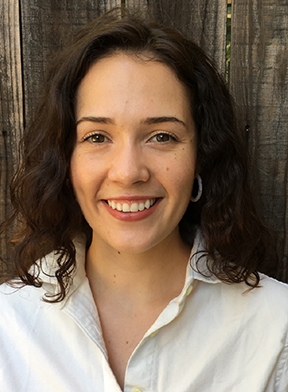
Erin Taylor Kelly of the Geoffrey Attardo lab expects to receive her doctorate in June 2023. She holds a bachelor of science degree in biology (2016) from Santa Clara University, where she minored in chemistry, with an emphasis in molecular an cell biology.
On her Aedes aegypti poster:
Research in our lab has identified significant variability in the resistance phenotype of mosquitoes with target-site mutations, prompting us to wonder about the metabolic mechanisms involved in resistance in California populations of Aedes aegypti. The resistance phenotype is thought to have multiple fitness costs, including reduced fecundity, adult body size and longevity (6–9). We hypothesize that looking at the insect's metabolome may allow us to better understand the physiology behind these potential fitness costs by providing a snap shot of the insect's metabolite composition and insight into pathway demands and energetic deficiencies. Metabolomics has the benefit of providing insight into mosquito biology at the level of phenotype.
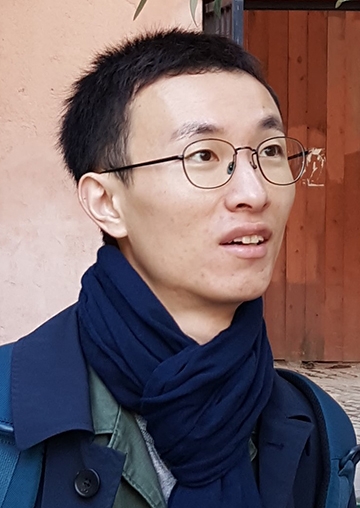
Hyoseok Lee, who joined the Christian Nansen lab in 2017, holds a master's degree in entomology (2014) from Seoul National University.
The abstract:
Most of tomato production in California occurs in the Central Valley, which has “the foothills” as its western boundary. Beet leafhoppers overwinter in green natural vegetation in the foothills and migrate into crop fields, including tomato, during spring as natural vegetation dries out and green crop vegetation becomes available. In this study, we built a simulation model predicting spring migration of beet leafhoppers based on vegetation greenness in the foothills. Vegetation greenness (EVI, Enhanced vegetation index) in the foothills was calculated based on analyses of satellite imagery. Spring migration of s was monitored at three different locations in the foothills for two years using yellow sticky cards. Spring migration of beet leafhoppers was well described by the Weibull function. At all monitoring locations, the spring migration was started when the EVI values dropped to 0.2, and the proportion of migrating beet leafhoppers rapidly increased as the EVI values decreased. Our study indicates that the decrease in vegetation greenness triggers spring migration of beet leafhoppers and shows great potential for developing an early warning system.
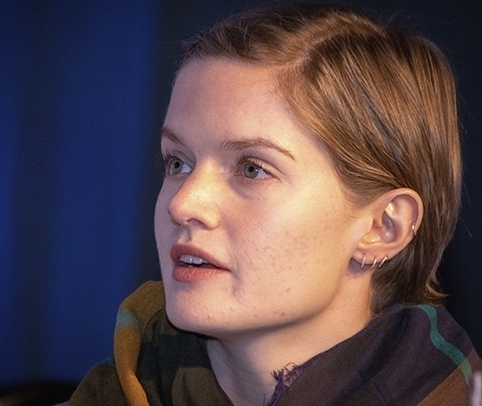
Jill Oberski, who joined the Ward lab in 2017, holds a bachelor of arts degree, cum laude, from Macalester College, St. Paul, Minn., where she majored in biology and German studies.
Why Do Museum Collections Matter?
"Cabinets of curiosity” and natural history museums are the original basis of our knowledge of global biodiversity. Such collections, however, are more than just well-organized dead organisms. Museums are enormous libraries of identified species, localities, and dates, constantly updated and reorganized based on the best new information. These data inform countless fields of research, and can even answer future questions no one has yet thought to ask. Most importantly, they preserve irreplaceable type specimens, which are a crucial part of species description. Now that many of these insect collections are being digitized and accessed from around the globe, why is it necessary to maintain them as physical materials? While many datasets do lend themselves well to digitization, insect specimens experience significant data loss. Most commonly, photographs are taken of the specimens, but photos are usually inadequate for discerning taxonomic features. Even high-resolution 3D scans are no substitute for direct observations. Finally, museums are centers of education and public outreach. Through collections, biology students and communities can physically experience global insect biodiversity they might not otherwise see, regardless of location or mobility. The “wow” factor of magnificent specimens is most powerful in person. As our lives become increasingly computer-oriented, we must recognize that to enjoy and study nature, no digital replacement will suffice.
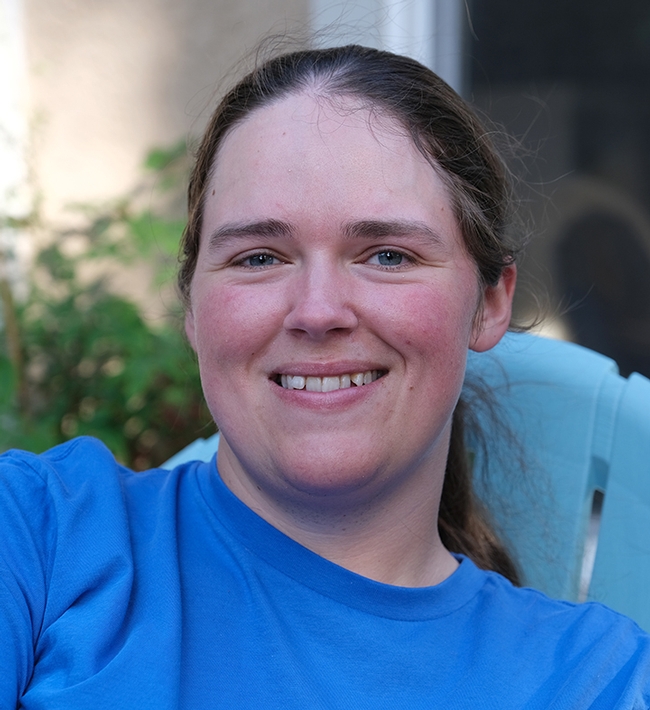
Lacie Newton of the Jason Bond lab, expects to obtain her doctorate in entomology in June 2022. She holds a bachelor of science degree in biological sciences (2016) from Millsaps College, Jackson, Miss.
The Abstract:
Although species delimitation can be highly contentious, the development of reliable methods to accurately ascertain species boundaries is an imperative step in cataloguing and describing Earth's quickly disappearing biodiversity. Spider species delimitation remains largely based on morphological characters; however, many mygalomorph spider populations are morphologically indistinguishable from each other yet have considerable molecular divergence. The focus of our study, the Antrodiaetus unicolor species complex containing two sympatric species, exhibits this pattern of relative morphological stasis with considerable genetic divergence across its distribution. A past study using two molecular markers, COI and 28S, revealed that A. unicolor is paraphyletic with respect to A. microunicolor. To better investigate species boundaries in the complex, we implement the cohesion species concept and use multiple lines of evidence for testing genetic exchangeability and ecological interchangeability. Our integrative approach includes extensively sampling homologous loci across the genome using a RADseq approach (3RAD), assessing population structure across their geographic range using multiple genetic clustering analyses that include structure, principal components analysis and a recently developed unsupervised machine learning approach (Variational Autoencoder). We evaluate ecological similarity by using large‐scale ecological data for niche‐based distribution modelling. Based on our analyses, we conclude that this complex has at least one additional species as well as confirm species delimitations based on previous less comprehensive approaches. Our study demonstrates the efficacy of genomic‐scale data for recognizing cryptic species, suggesting that species delimitation with one data type may underestimate true species diversity in morphologically homogenous taxa with low vagility.

Clara Stuligross, who joined the Neal Williams lab in 2016, received her bachelor of science degree in environmental studies, with minors in biology and outdoor education, in 2014 from Earlham College, Richmond, Ind.
The Abstract:
Bees encounter pesticides across landscapes as they forage for pollen and nectar. Exposure to pesticides has negative effects on wild bees, but little is known about the effects of chronic larval exposure on adult performance. We investigated the effects of larval and adult pesticide exposure on the foraging and reproduction of the solitary bee, Osmia lignaria. We established nesting O. lignaria females in 16 field cages containing wildflowers treated with or without imidacloprid, the most widely used neonicotinoid insecticide. As larvae, these parent bees were reared on provisions containing imidacloprid or controls. Larval and adult pesticide exposure directly affected bee nesting activity. Bees exposed to pesticides as adults were less likely to start nesting and produced fewer offspring. Additionally, bees exposed to pesticides as larvae provisioned fewer offspring than unexposed controls. Our research provides experimental evidence of the effects of pesticide exposure on solitary bees across multiple life stages, a critical step in understanding mechanisms underlying pollinator health.
The Entomological Society of America, headquartered in Annapolis, Md., and founded in 1889, is the largest organization in the world serving the professional and scientific needs of entomologists and people in related disciplines. They include educators, extension personnel, consultants, students, researchers, and scientists from agricultural departments, health agencies, private industries, colleges and universities, and state and federal governments. It is a scientific and educational resource for all insect-related topics. For more information, visit www.entsoc.org.
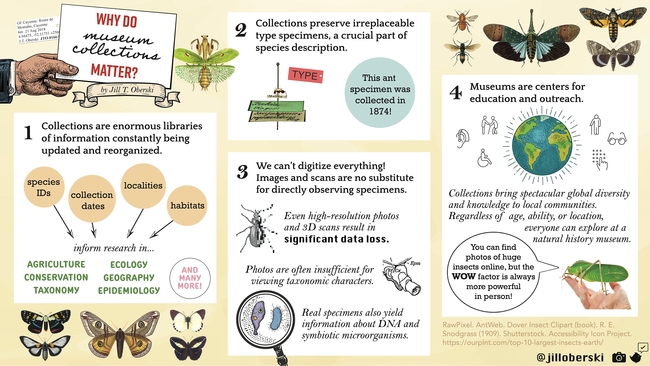
- Author: Kathy Keatley Garvey
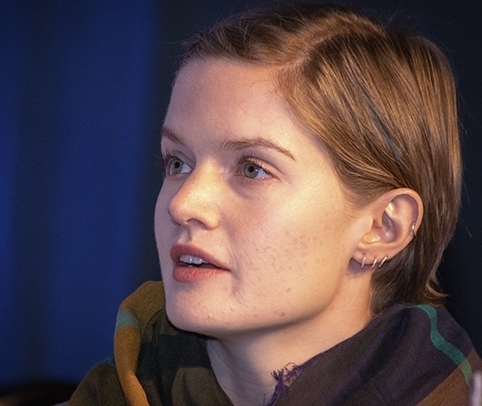
Jill Oberski, who studies with professor and ant specialist Phil Ward, submitted an infographic titled “Discovery and Diversity: The Importance of Systematic Entomology in Today's World in the Systems,” in the Evolution and Biodiversity (SysEB) Section and won a second-place award.
Oberski also won a second-place award for her dissertation research “Unraveling the Phylogeny and Biogeography of Dorymyrmex, a New World Amphitropical Disjunct” in the category SysEB: Phylogenetics 2.
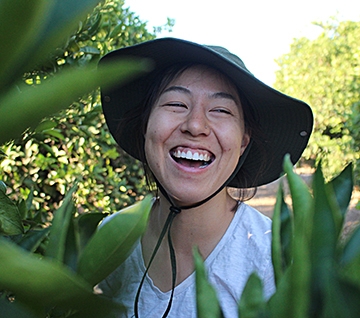
The research presentations are highly competitive. "Entomology 2019 was an exciting four days filled with 236 scientific sessions featuring 2,205 oral and 680 poster presentations with 3,653 attendees from 61 different countries," an ESA spokesman said. "This year was a record setting event with 1,150 students attending!"
Those in the (SysEB) Section study insect anatomy, classification, and history. The section focuses on systematics, evolution, and biodiversity, but it also includes morphology, ecology, population dynamics, genetics, phylogeny, nomenclature, biogeography, zoology, and other specialties.
Those in the PI-E section deal with insect interactions with plants. Topics include behavioral, ecological, and evolutionary relationships in natural landscapes, as well as integrated pest management (IPM) in agriculture, horticulture, forests, and lawn and garden. This includes such aspects as crop protection, host-plant response, plant pathology/vectors, pollination, biological control and microbial control.
Both Oberski and Kahl also served as members of the UC Linnaean Games Team, comprised of UC Davis and UC Berkeley graduate students, that competed with other university teams throughout the nation. The Linnaean Games, launched in 1983, are lively question-and-answer, college bowl-style competitions on entomological facts. The teams score points by correctly answering random questions.
